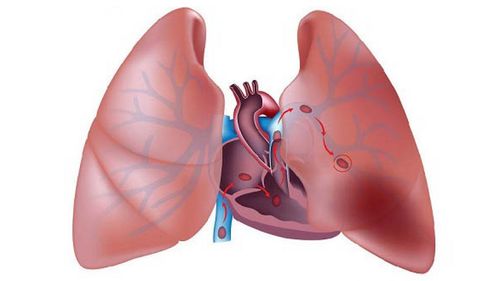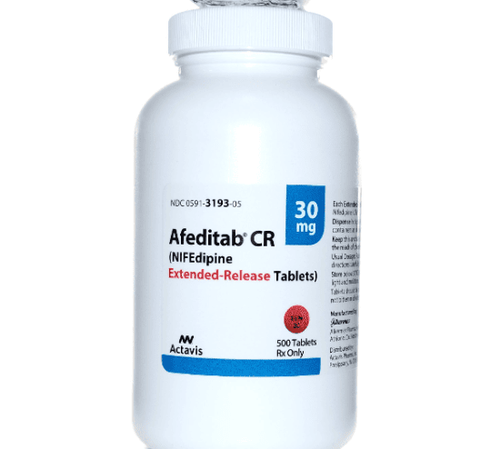This is an automatically translated article.
Today, many people experience chest pain, including transient or persistent chest pain. This condition is not only encountered in the elderly, but also tends to be younger. So what is chest pain and how to diagnose chest pain most accurately?
1. What is chest pain?
Chest pain is a sign that anyone can experience in their life. If chest pain repeats, persists, it is most likely a sign of a dangerous disease.
The first disease that most patients think of is cardiovascular disease. However, there are many different causes of chest pain, so if you experience this condition, you need to see a doctor for the most accurate diagnosis of chest pain.
1.1. Chest pain due to cardiovascular disease Angina: The cause of chest pain is a blockage of a coronary artery (an artery that supplies blood to the heart muscle). The two most common types of angina are stable angina and unstable angina. When chest pain manifests as a strong pressure on the heart behind the breastbone, it can last from 10 to 30 minutes, often spreading to the back, up the chin or down the left hand. This may be a sign of a very dangerous condition called a heart attack.
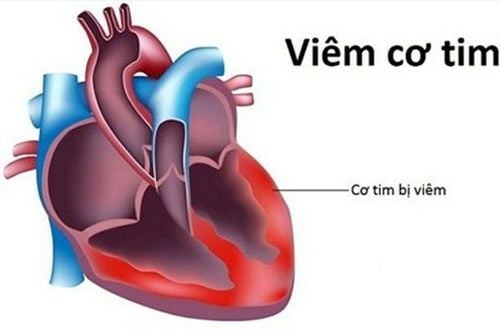
Bạn cảm thấy đau tức ngực nhẹ, khó thở, tim đập nhanh có thể là viêm cơ tim
Myocarditis: The cause of myocarditis is mainly a virus and causes severe myocardial necrosis if not treated promptly. Symptoms are usually mild chest pain, shortness of breath, and rapid heartbeat. Pericarditis: This condition can also cause chest pain due to inflammation of the fluid that surrounds the heart. Aortic dissection aneurysm: The aorta is enlarged, gradually dissecting the vessel walls, which can burst at any time, causing the patient to die immediately. Signs suggestive of the disease also include chest pain. 1.2. Chest pain related to digestion sour, heartburn : Habit of eating hot spicy food, excessive amount of food causes symptoms of heartburn, heartburn, chest pain with vomiting, persistent abdominal pain above navel . Disorders of stomach and esophagus spasms such as spasmodic heart disease, gastroesophageal reflux disease ... make patients feel uncomfortable, chest pain or vomiting. 1.3. Chest pain due to nerve, muscle and bone damage Intercostal neuritis: Chest pain is caused by inflammation of the nerve cells located between the two ribs. The disease usually resolves on its own with signs such as localized chest pain, increasing with movement, decreasing when lying still, pressing on the inflammatory point increases chest pain.
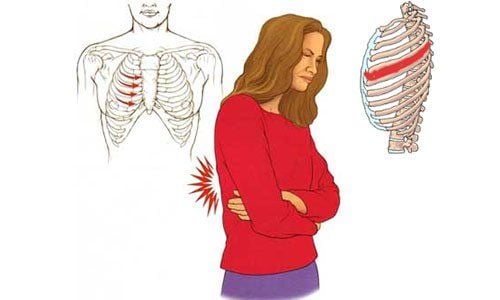
Tình trạng đau tức ngực khu trú do viêm thần kinh liên sườn thường tự khỏi
Inflammation of the muscles: This disease is also manifested by signs of pain in the chest with redness and swelling. Rib Injury: Includes fracture or fracture of the ribs in one or more locations. Patients with severe chest pain, light exercise or forceful breathing also cause more pain. 1.4. Chest pain related to lung disease Pulmonary embolism: A disease caused by a blood clot blocking a pulmonary artery. Patients present with signs similar to chest pain due to myocardial infarction, shortness of breath, may cough up blood with viscous mucus. Pleurisy: The pleura is attacked by bacteria that cause inflammation, so the patient may have fever, cough, difficulty breathing, chest pain. Pneumothorax: An injury that creates a passage between the lungs and the pleural cavity, causing air retention in the pleural space and causing severe chest pain with difficulty breathing. The disease can cause death due to respiratory failure if not treated promptly.. 1.5. Chest pain due to other causes Psychological stress, anxiety: Psychological changes such as stress, stress, excessive anxiety can make patients feel chest pain. Shingles: Reactivation of the chickenpox virus damages nerves and can cause chest pain at the site of nerve damage.
2.Diagnosis of chest pain

Dấu hiệu đau ngực kèm khó thở ngay cả khi không làm việc nặng nhọc có thể đang ở mức độ nguy hiểm của bệnh
What is chest pain is a question of many people. The diagnosis of chest pain needs to be made at reputable facilities, through a doctor's examination combined with tests to give the most accurate answer.
2.1. Clinical examination Most patients do not know exactly what chest pain is without seeing a specialist. The characteristics of the pain help the doctor diagnose the danger of the disease, including:
Chest pain with a feeling of intense pressure on the heart. Persistent pain that does not subside with rest Chest pain that radiates down the arm, up the jaw, or to the back. Chest pain with shortness of breath even when not doing strenuous work. Heart pounding, sweating. Signs of a serious condition are a very slow heartbeat or a drop in blood pressure. 2.2. Laboratory tests to help diagnose chest pain Electrocardiogram: This is the first test to be performed to diagnose chest pain due to heart disease or other causes. An electrocardiogram helps the doctor see abnormalities in the heart rate, signs of myocardial ischemia or, more seriously, a heart attack.
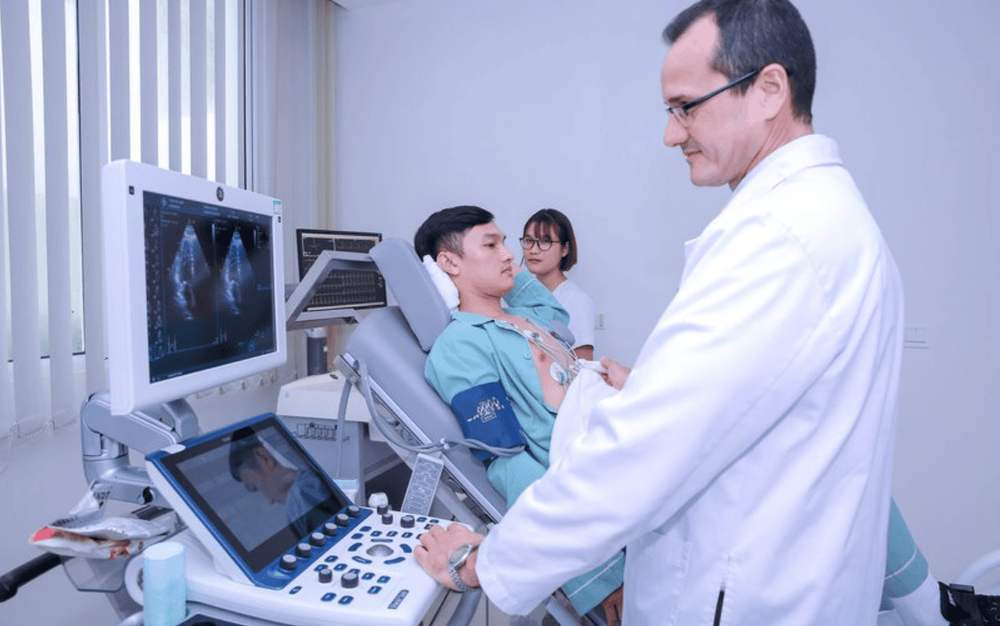
Siêu âm tim giúp đánh giá sự co bóp của các cơ tim
Cardiac enzyme test: If the cause of chest pain is coronary artery blockage, the biomarkers of myocardial necrosis due to ischemia will be elevated, helping to accurately diagnose chest pain as a sign. of myocardial infarction.
Chest X-ray or CT scan of the chest: This imaging diagnosis helps detect abnormalities in the lungs such as pneumonia, pleura, lung tumor, aortic dissection... Besides, straight chest X-ray It also suggests cardiovascular disease if the heart shadow is too large.
Echocardiography: This is a method to help assess the contractility of the heart muscles, abnormalities of the heart valves if any... Thereby contributing to the accurate diagnosis of the cause of chest pain due to cardiovascular disease. .
Contrast coronary computed tomography : Performed by intravenous contrast injection and coronary computed tomography to detect abnormalities of narrowing or complete occlusion of the coronary arteries.
Endoscopy: Through a camera at the end of an endoscope to insert into the patient's esophagus and stomach. This test helps to detect lesions on the upper gastrointestinal tract such as spasms of the heart, peptic ulcers ... From there, it contributes to the diagnosis of chest pain, whether it is due to the digestive system or due to another cause. Which other person?
Chest pain can be a sign of many diseases, so early examination to detect disease and timely treatment is very important.
Periodic health check-ups help to detect diseases early, so that there are treatment plans for optimal results. Currently, Vinmec International General Hospital has general health checkup packages suitable for each age, gender and individual needs of customers with a reasonable price policy, including:
Health checkup package general Vip Standard general health checkup package Patient's examination results will be returned to your home. After receiving the results of the general health examination, if you detect diseases that require intensive examination and treatment, you can use services from other specialties at the Hospital with quality treatment and services. outstanding customer service.
Please dial HOTLINE for more information or register for an appointment HERE. Download MyVinmec app to make appointments faster and to manage your bookings easily.






